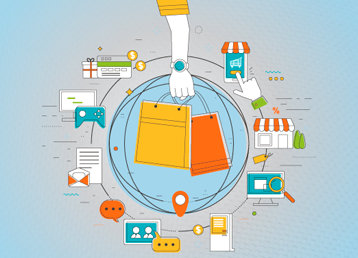7 Stages of Design Thinking Debriefed!
Do you know that design today is going through an evolutionary process? You’ll be curious to know what that is. It’s called design thinking. I’m tempted to use the same old boring definition to describe design thinking but I know I won’t be able to convince you of its evolutionary impact. I will therefore start from the beginning.
Design thinking is an evolving process that can transform the way we develop products, services, processes and strategies. In fact, in the long run, design thinking can facilitate the development of new marketplaces. We have already witnessed design thinking on the digital front, and eventually time would tell how the markets will evolve to facilitate convenient user interaction in real life too. Design thinking as of a matter of fact is here to stay, and if you want to adopt it you need to take the first step – understanding its stages.
Also Explore: The Five Step Approach to Creating a Logo Design
Empathy
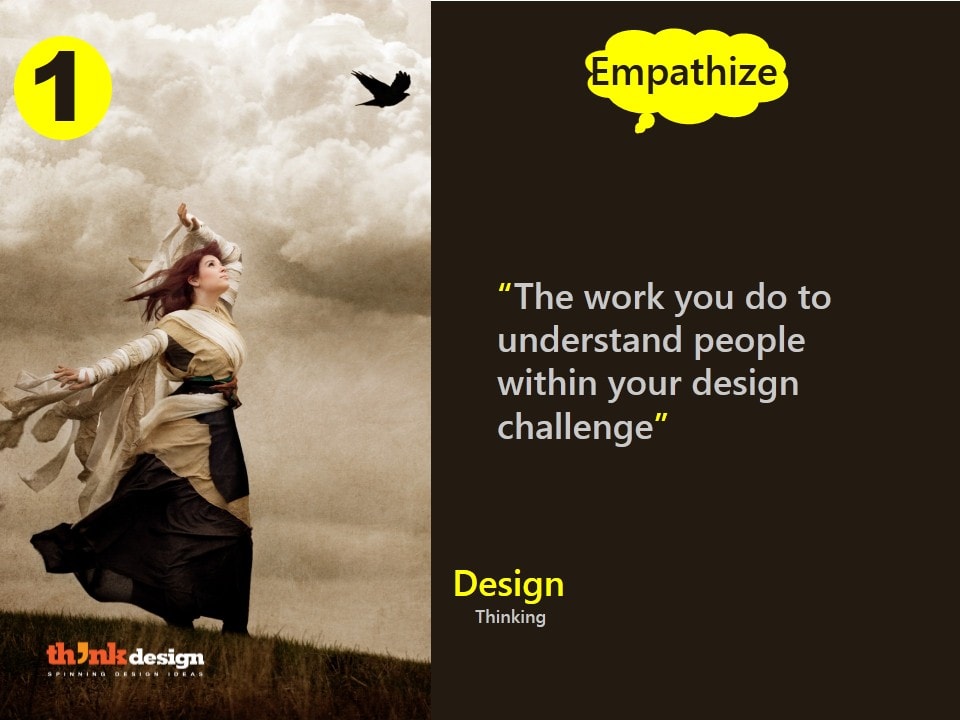
The first stage in design thinking is empathy. If design thinking begins with empathy, then it should end with it too. It is the most crucial stage and often times a dictating factor for the design process. Now imagine your client has an innovative business idea, but your design skills tell you it is impractical or laughable. What is happening here? In the big picture you are missing the human-centered approach to design. In order to empathize, you have to step into your client’s shoes to understand what the idea can really achieve.
Define
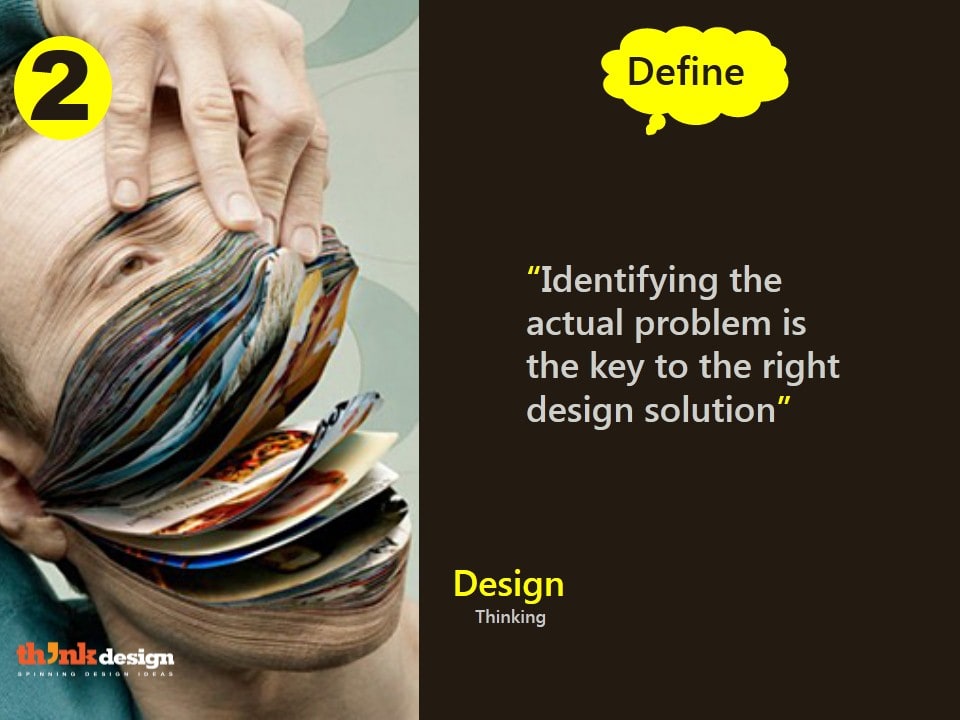
The next stage is the definition of the design problem without which you simply can’t find focus. Every brief has loopholes and quite often, they lack conviction. A designer should be self-motivated and focused to find direction in a process that goes haywire.
Ideate
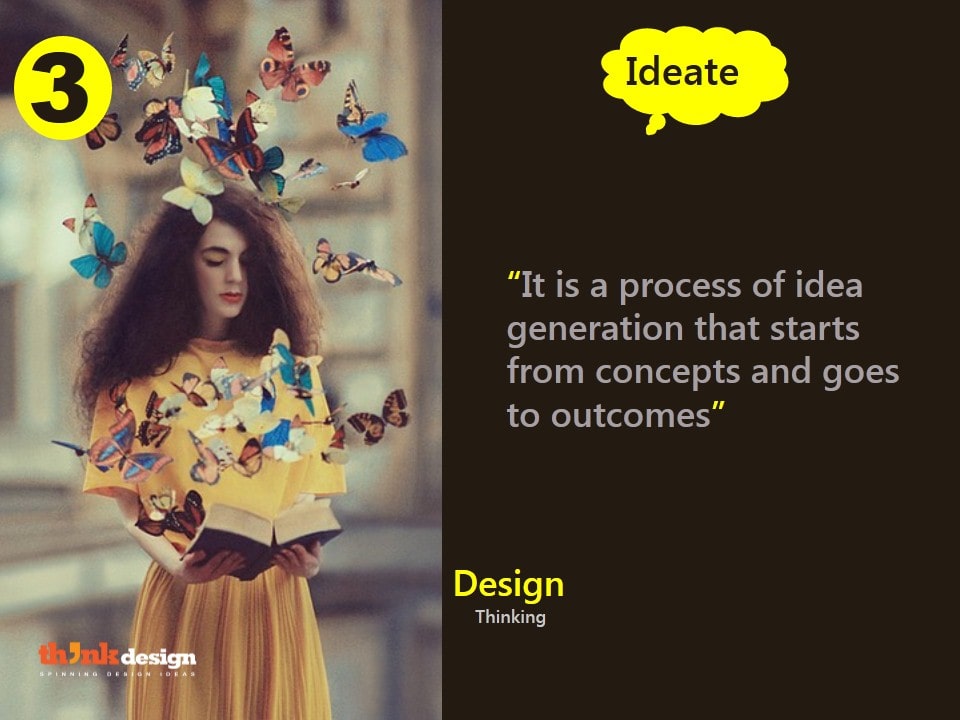
After setting the objectives to focus on, it’s time to draft ideas. When you are at the beginning of this stage, the more the ideas, the better, to establish concepts of an unborn design. It’s a designer job to take the crude idea from the client’s mind and put it on paper in countless ways. This is primarily how ideation works. However, the very next stage is where a lot of these ideas are rejected, but on what grounds? Let’s find out.
Prototype
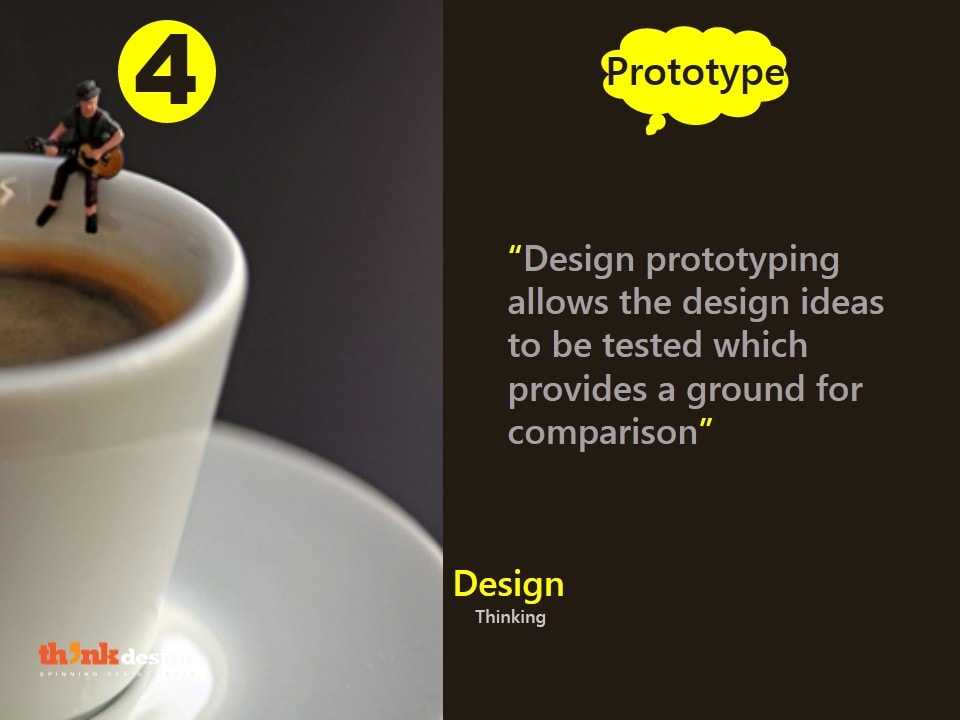
Prototyping is the phase where most of the amazing ideas go down the drain simply because they are not workable. When a prototype is developed, it is tested not only for design but also for functionality, which of course, is the essence of design thinking.
Select
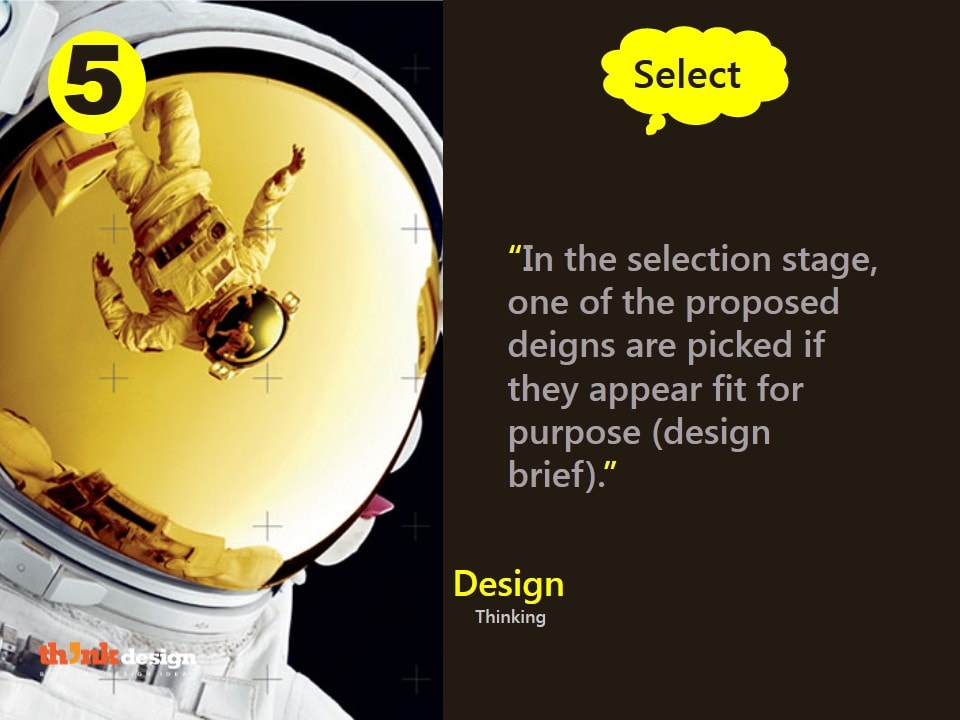
Now here comes the deal breaker! To tell you the truth, there is no real way of knowing which design gets selected. Sometimes, a designer keeps his fingers crossed and hopes that the client won’t do something silly (like select a design that’s absurd). But then again, how can a designer read the client’s mind? More on this in the presentation below.
Implement
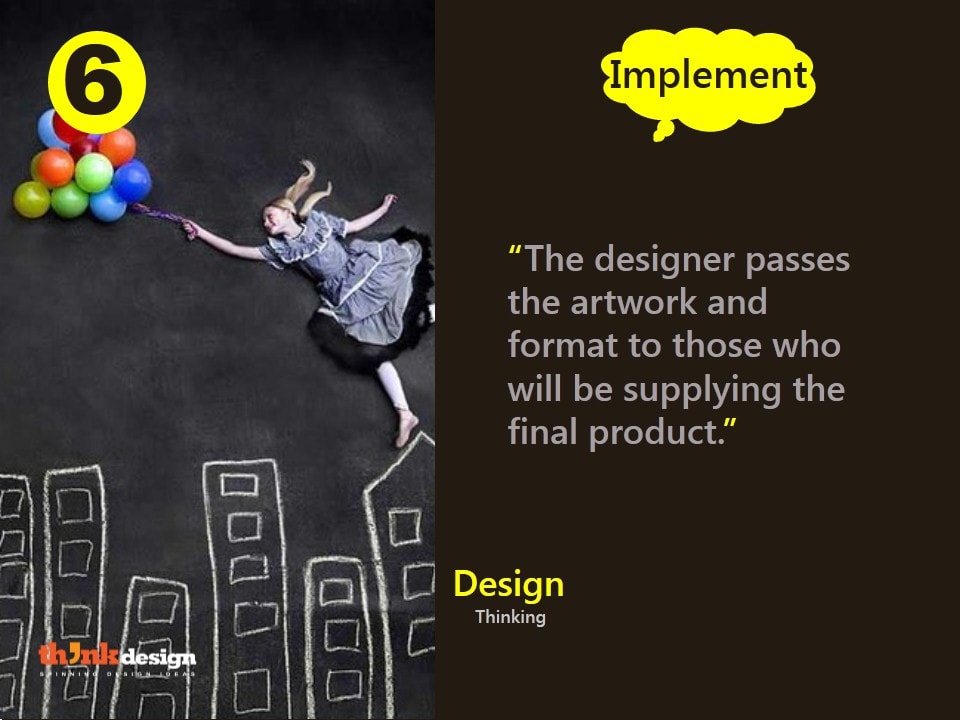
If a design at this stage, is worth something, it means the concepts are molded nicely and now its time to reap the fruits. However, bear in mind, testing is a never-ending process. Even in its final stages, an design idea must be tested so that the implementation is hassle-free.
Feedback

Stay in touch with the client and learn about what further modifications are required. A client asking for revision wants the worth for every penny he spends. For you this is a golden opportunity to gain trust and build credibility.
Explore further how the design thinking process can be simplified in this presentation!


